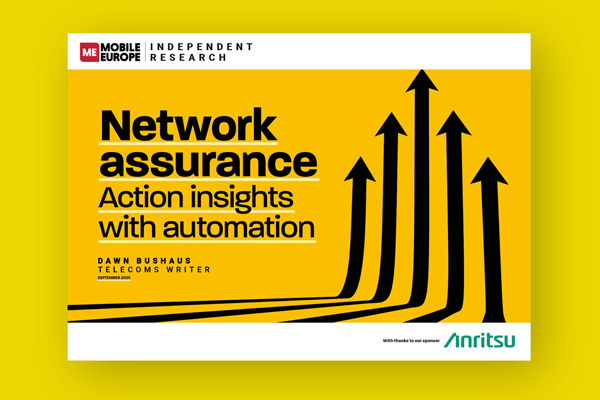Mavvrik surveyed 372 enterprises and found widespread failure to forecast AI costs accurately and struggles regarding whether to use public AI models or private, secure ones
Stanford University’s latest report found businesses’ use of AI jumped to 78% in 2024, up from 55% the year before, while corporate AI investment hit $252.3 billion worldwide.
But a Mavvrik report has found that as investment skyrockets, 85% of companies can’t forecast their AI costs within a 10% margin, and nearly a quarter overshoot budgets by more than 50%. This uncontrolled spending and rapid adoption has created something a crisis, forcing enterprises to take a more disciplined approach, scrutinising how and where AI is used.
Mavrik concluded that the core problem is a misunderstanding of how and where public and private AI models should be used. This is how it frames the issue: public AI is fast and accessible, and scales; private AI is secure and customisable, built to safeguard sensitive data. Both are needed to solve business issues which is why 61% of companies operate a hybrid model, running AI workloads in public and private environments.
Question of maturity, not public or private
Žilvinas Girėnas, Head of Product at nexos.ai, an AI platform for enterprises, explains most mature companies are moving beyond this either/or debate: “The debate over public versus private AI comes down to a simple question: Is your data an asset or a liability?
“When you feed proprietary information into a public model, you accept the risk that your most valuable asset could become a public liability. A private AI strategy flips that script. It treats your data like the crown jewels, allowing you to build customised, high-precision solutions in a secure environment where you control every input and output. That’s not just about security but building lasting enterprise value.”
Strategic differentiators – security, cost, control
As businesses adopt AI, the choice between public and private models hinges on three fundamental factors that determine long-term success – data security, financial predictability and competitive advantage.
Security represents the clearest divide between approaches. According to Cloudera, data privacy concerns rank as the top barrier to AI adoption, cited by 53% of organisations. Public AI operates with variable security measures that depend on broad public standards, while private AI functions in closed, restricted environments with strict controls designed to prevent unauthorised access.
Cost structures differ fundamentally between models. Public AI offers accessible entry points but creates unpredictable usage-based expenses that can spiral without warning. Private AI requires upfront investment in development and infrastructure but provides predictable costs that align with traditional IT budgeting.
Control determines competitive advantage. Public AI operates in a decentralised manner, offering general solutions for broad audiences. Private AI allows organizations to develop highly customised solutions using proprietary data, offering advantages that general-purpose models cannot replicate.
Girėnas notes, “The companies getting this right aren’t choosing between public and private AI. They’re building a portfolio that combines both. They use public models for standard tasks where speed and cost matter and private models for their intellectual property where control and security are non-negotiable.
“The differentiator isn’t the technology itself. It’s having the governance framework to deploy each approach strategically.”
Girėnas stresses that successful AI adoption comes down to three approaches:
- Classify data before choosing your AI approach. If the use case involves sensitive information, customers’ data or regulated content, then private AI is essential. Organisations that skip this step risk compliance violations after deployment.
- Implement unified cost visibility across all AI environments. Establish real-time monitoring systems which track spending across public APIs, private infrastructure and hybrid deployments.
- Build audit trails into every AI interaction from day one. Deploy logging systems that capture every AI query, response and decision, linking each interaction to specific users and timestamps. This provides an accountability framework essential to fulfil compliance and foster continuous improvement.




